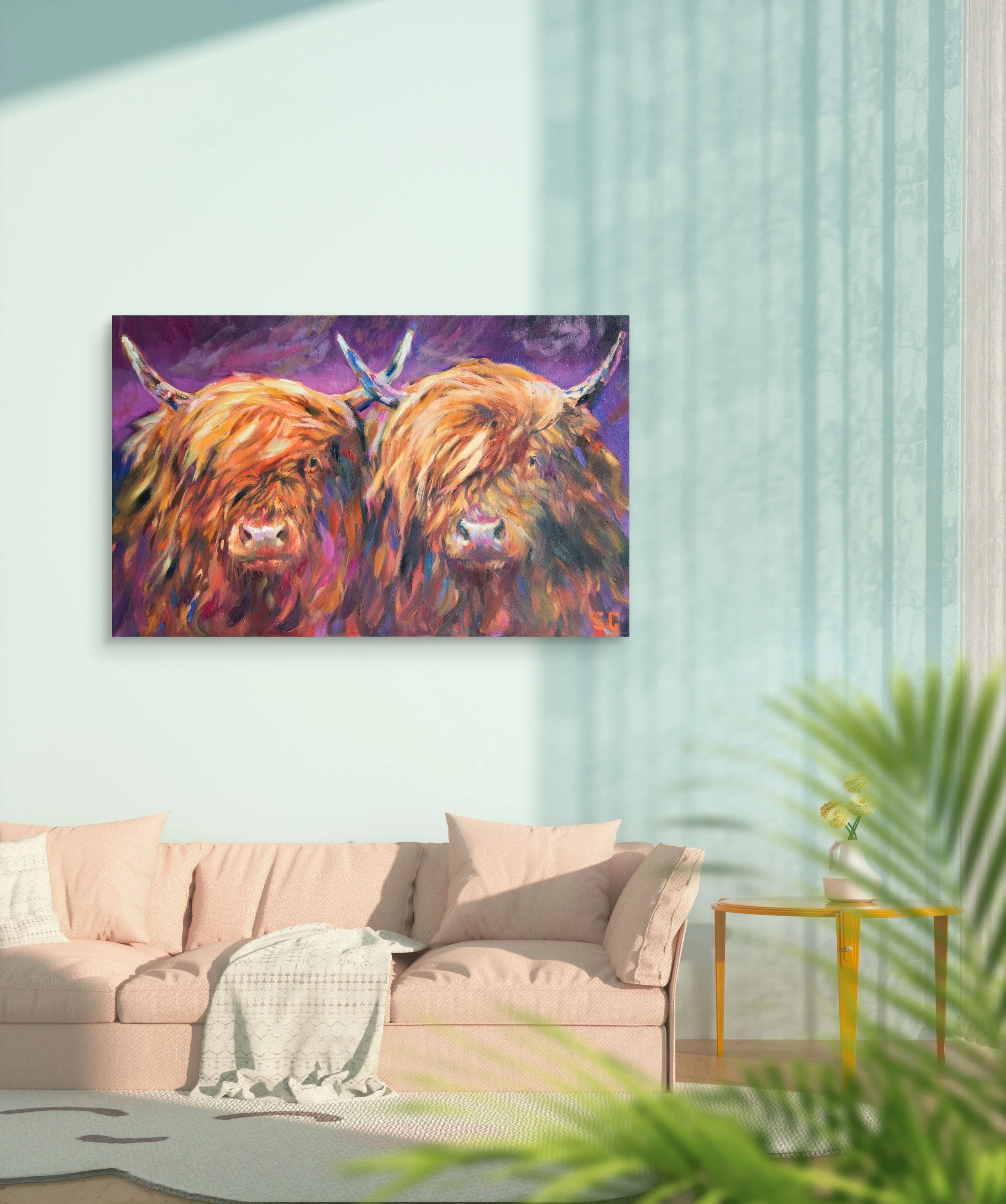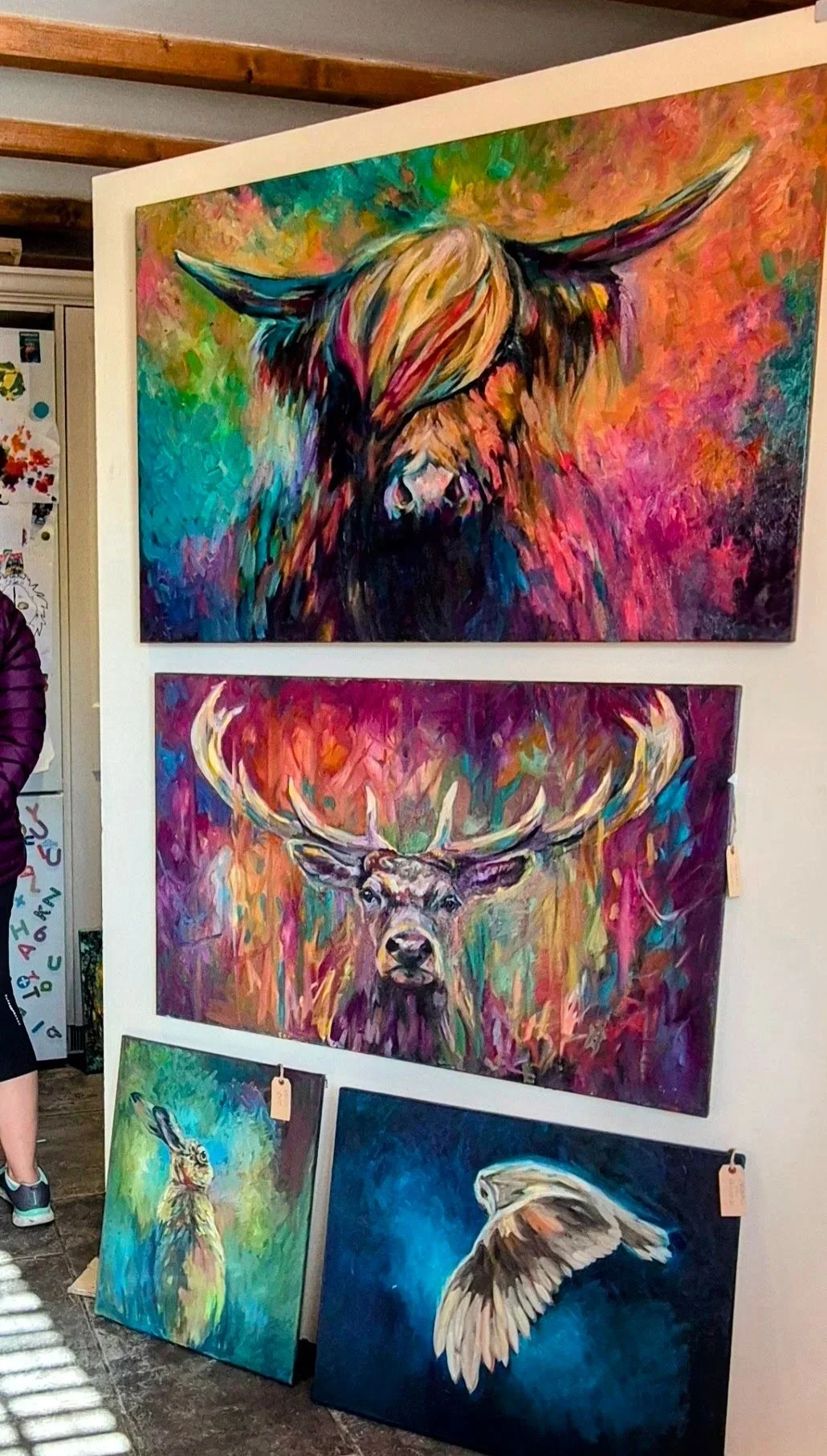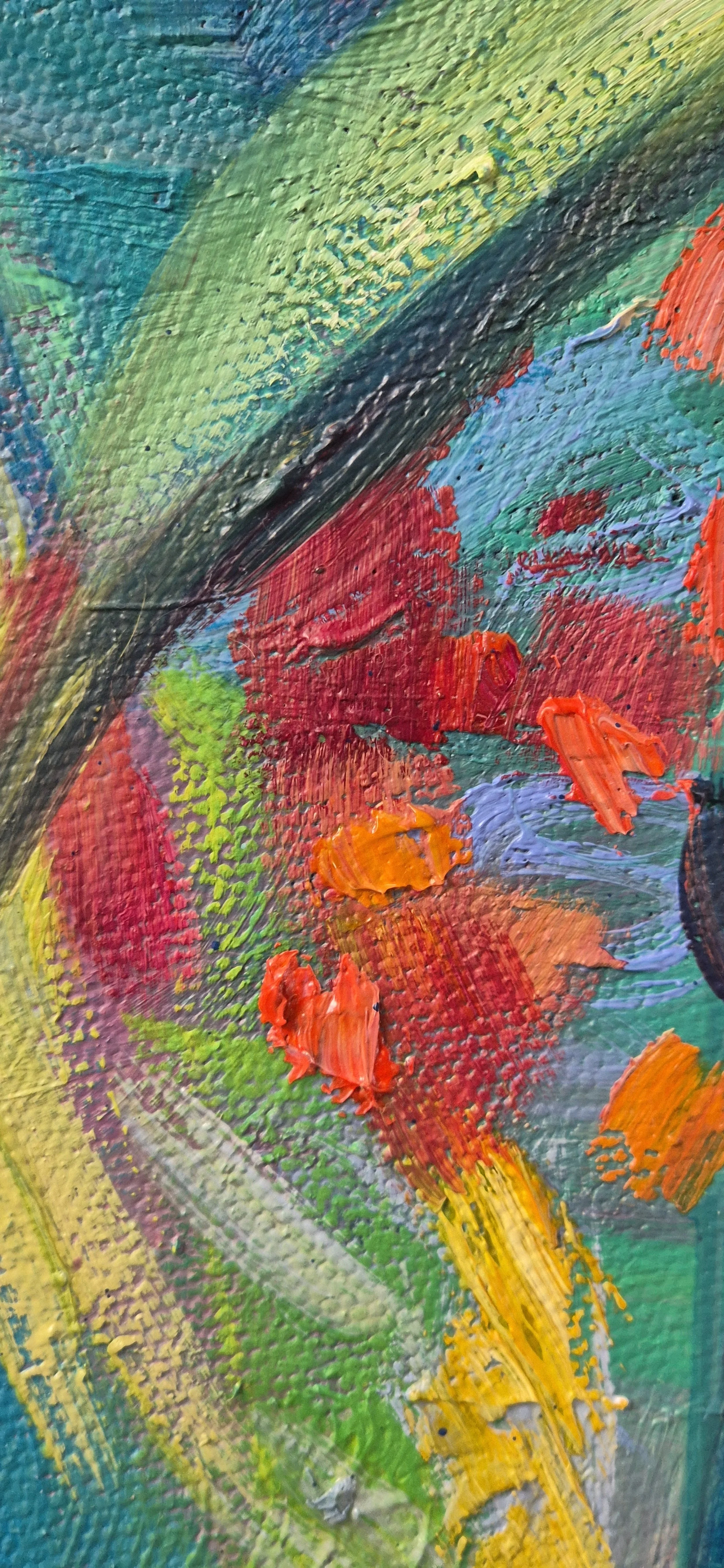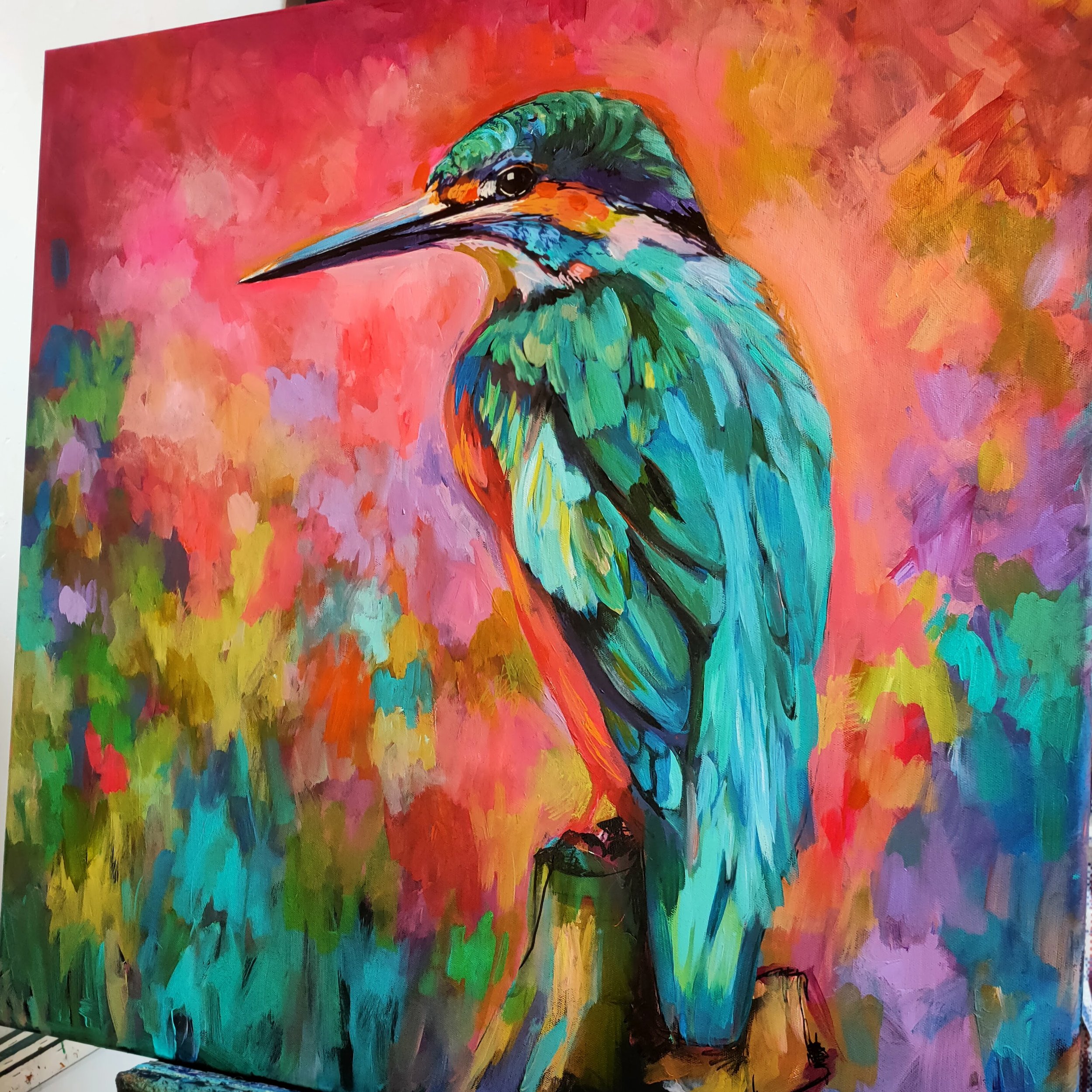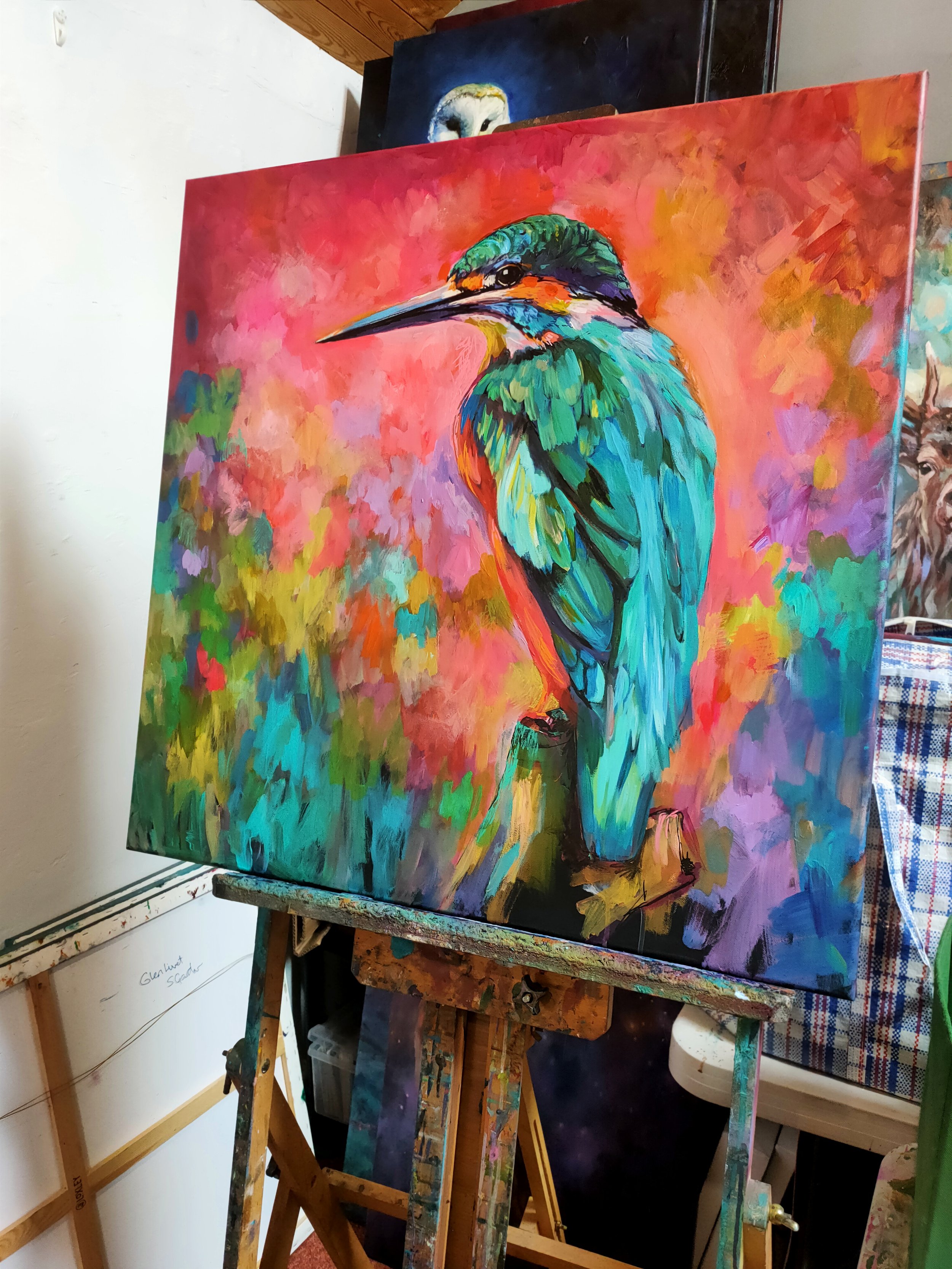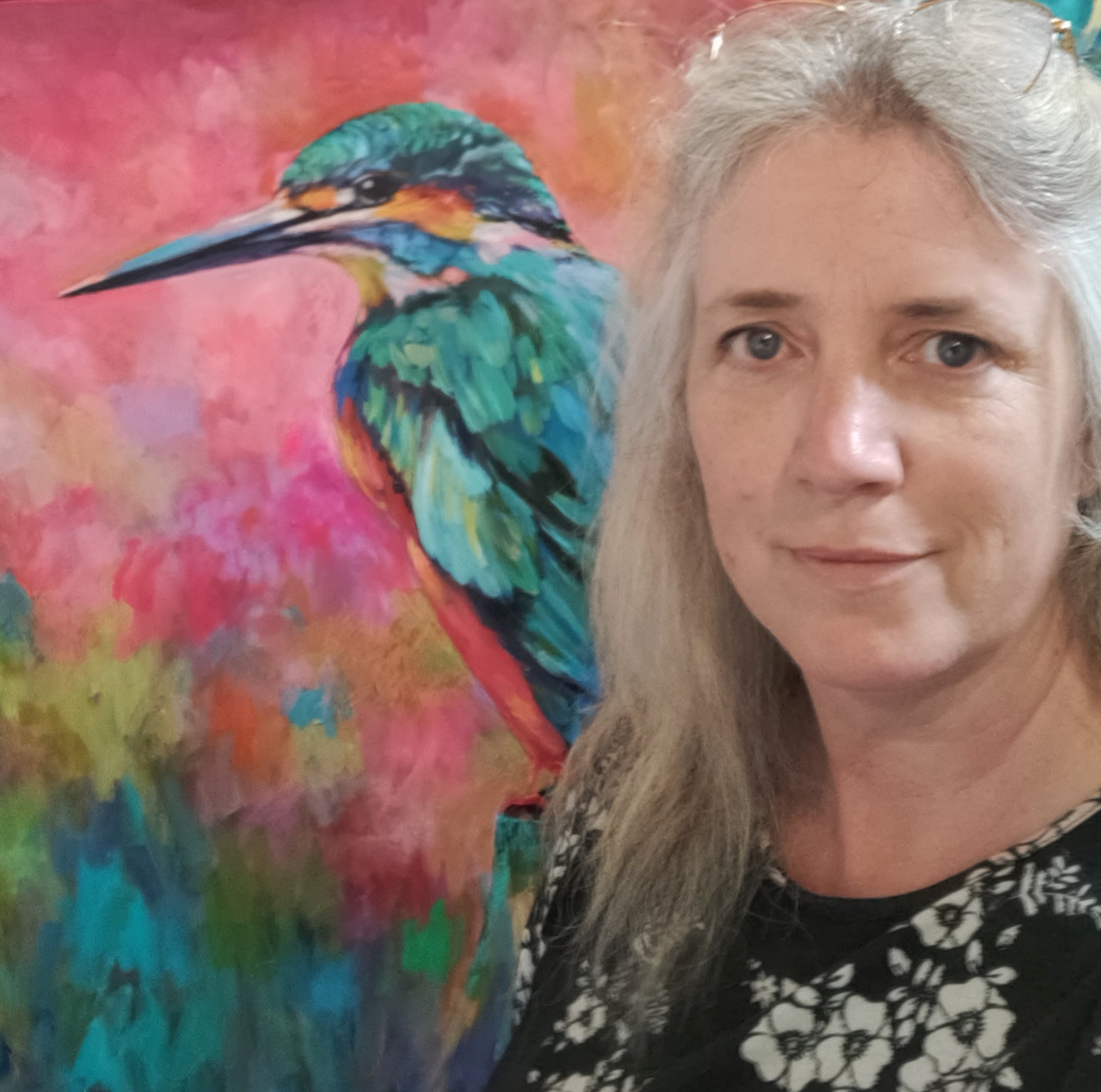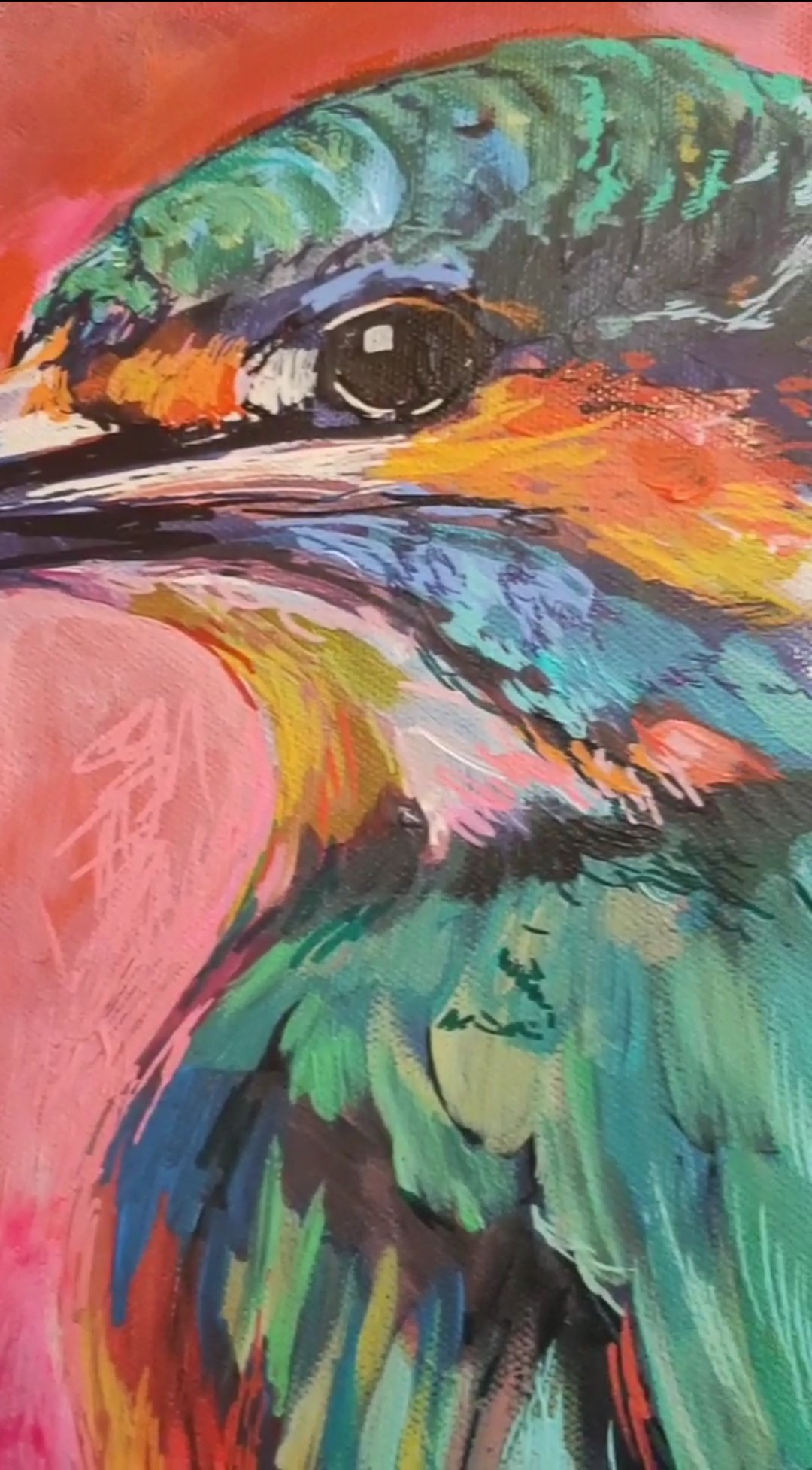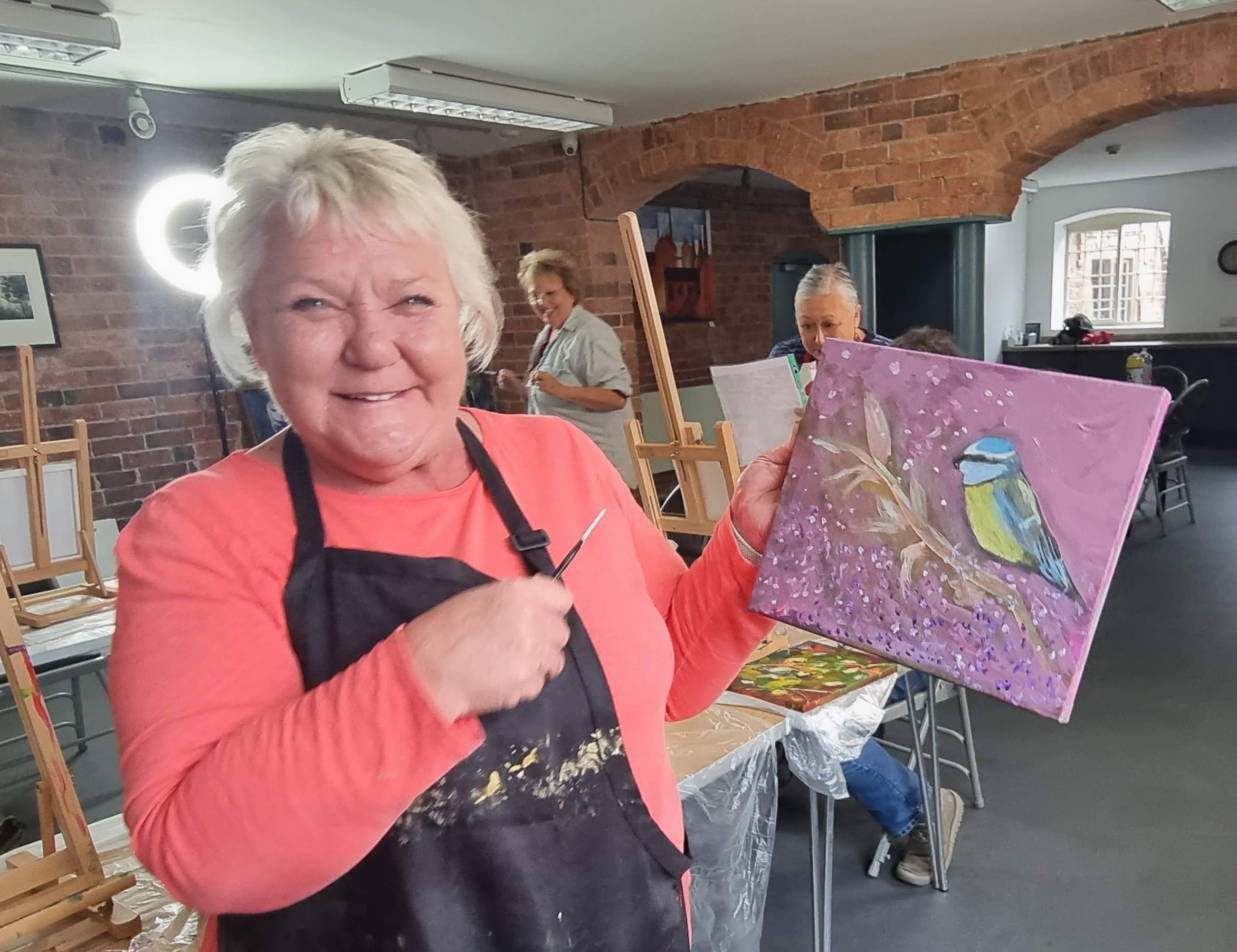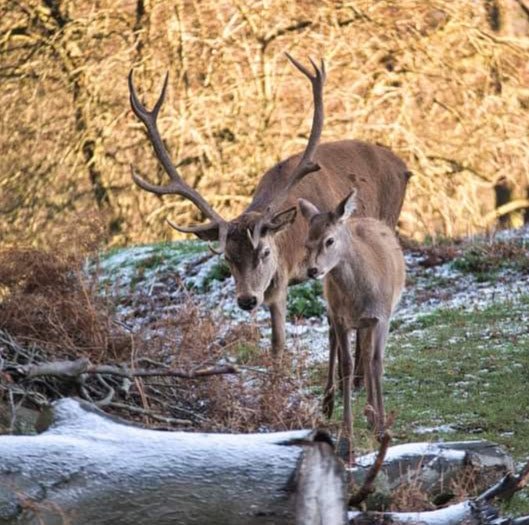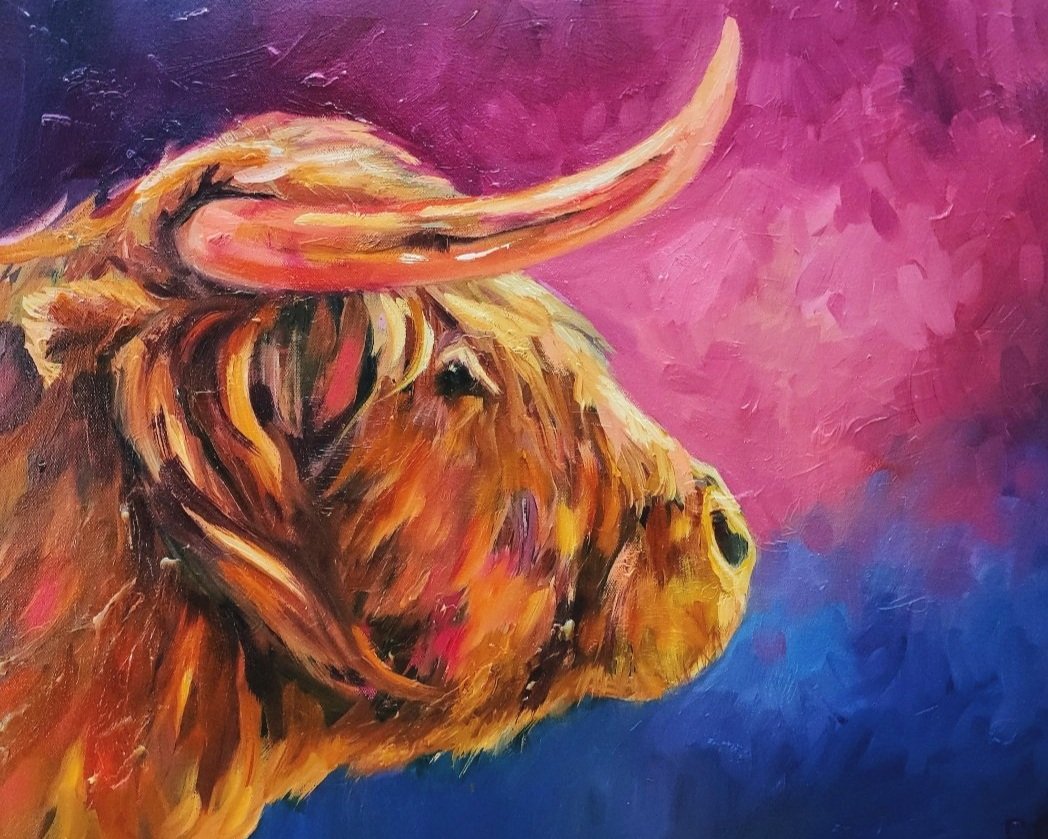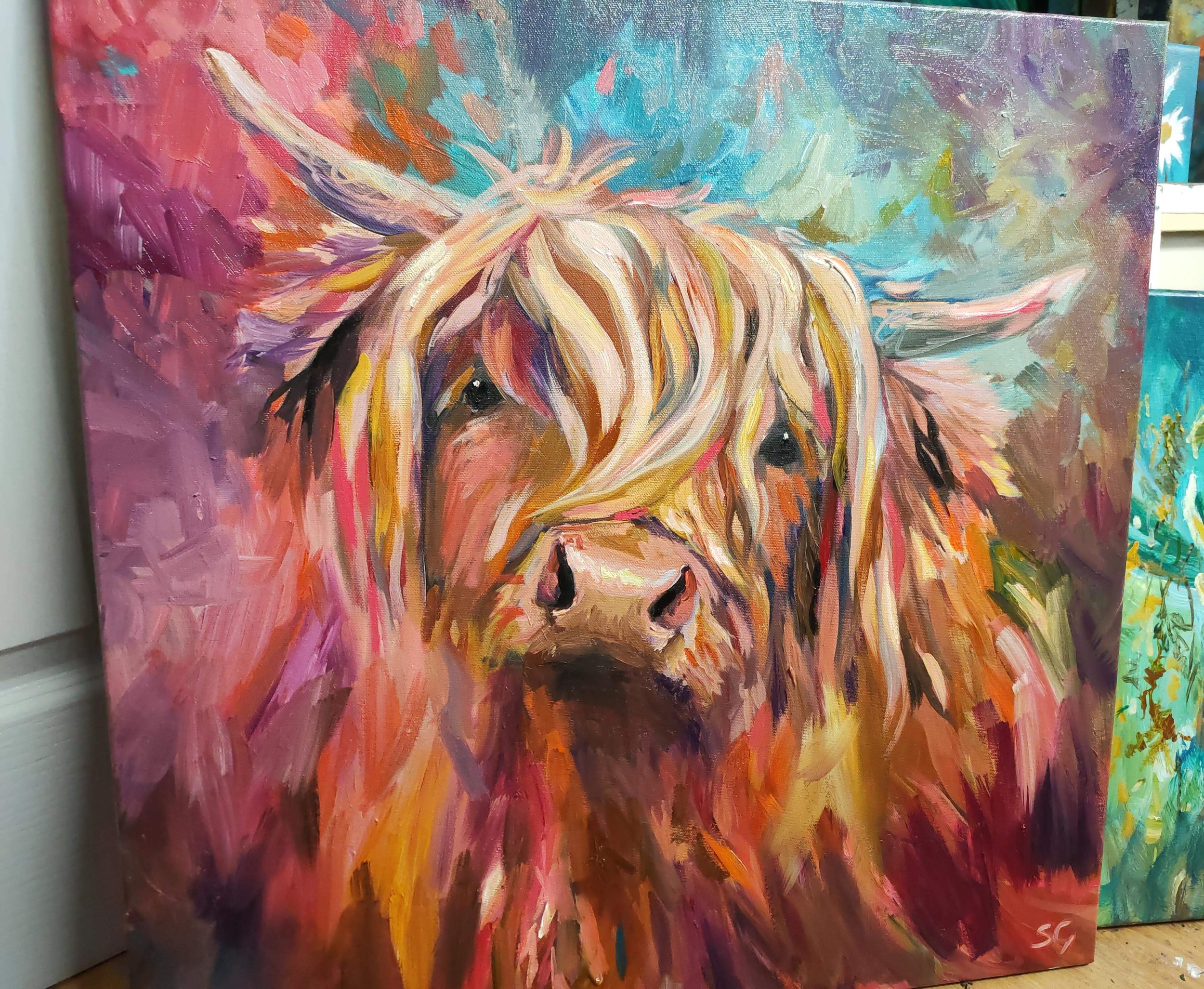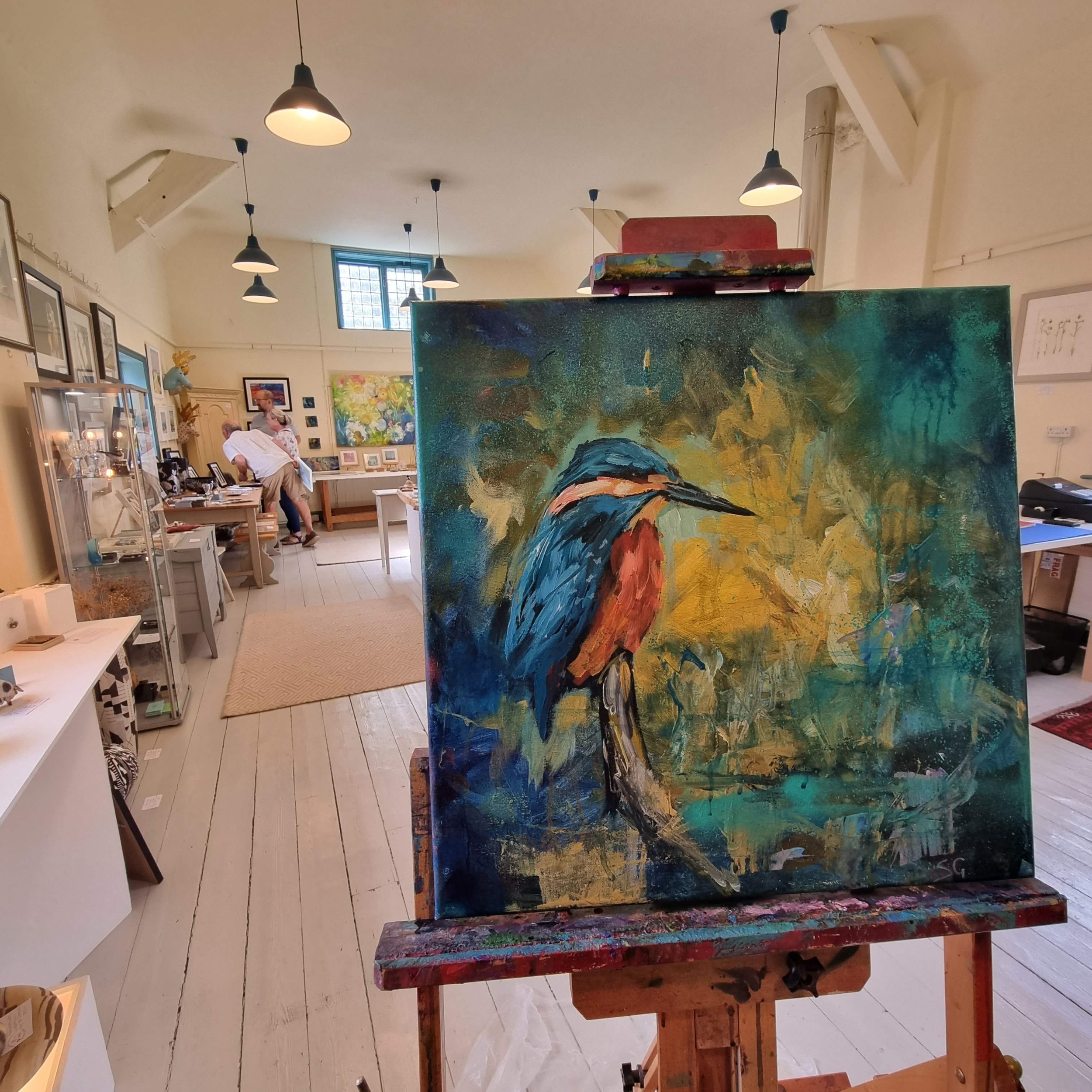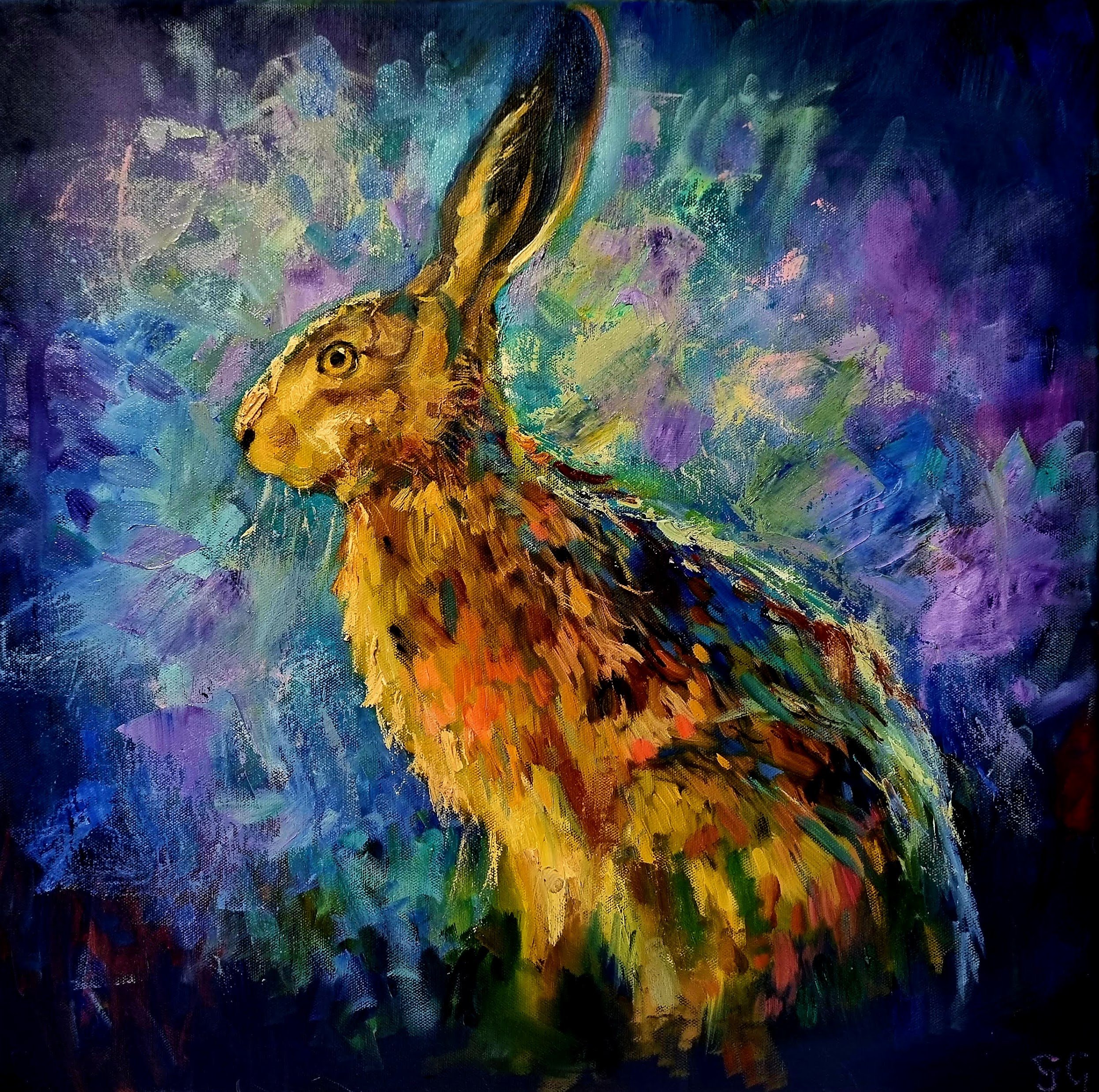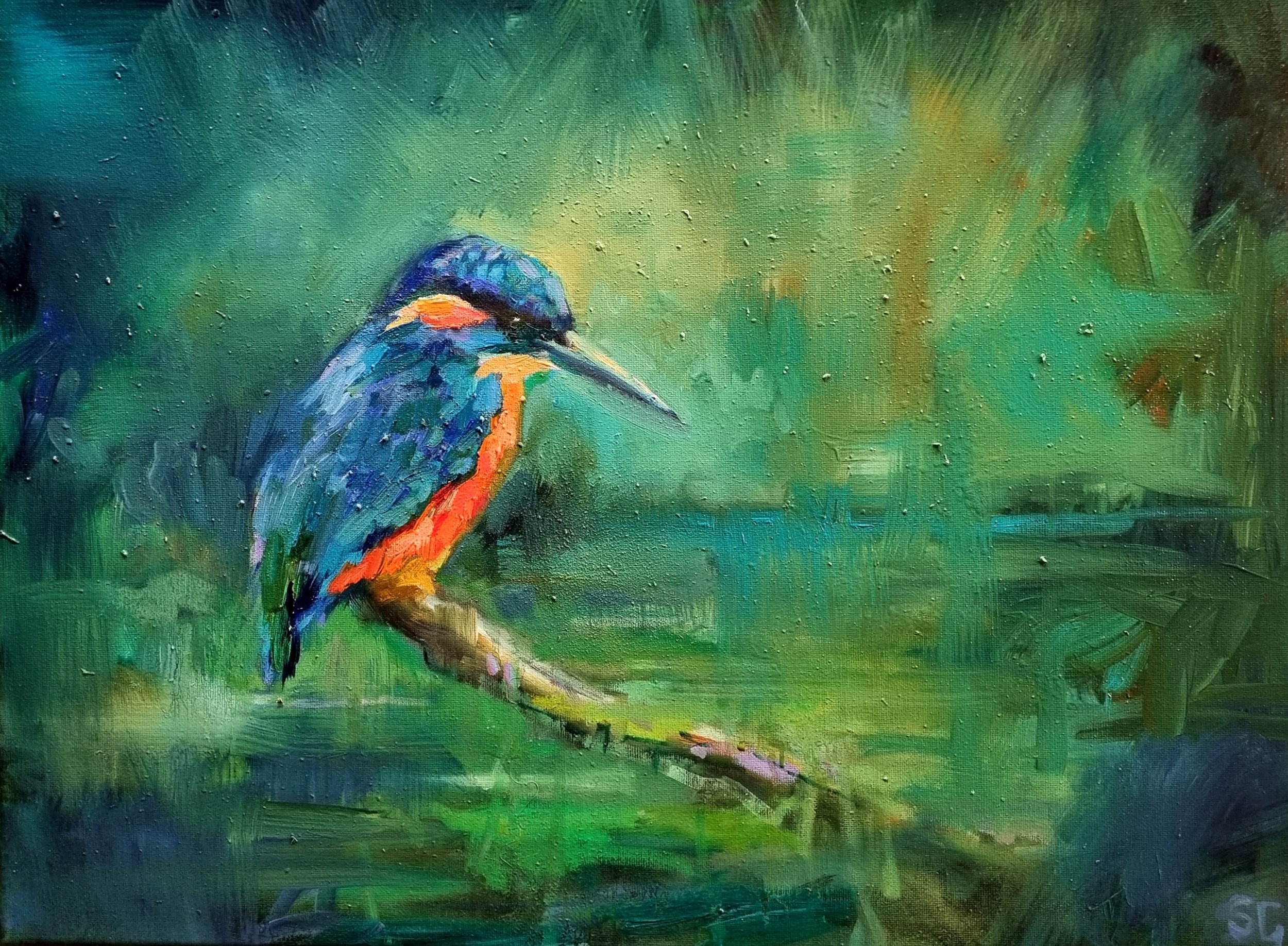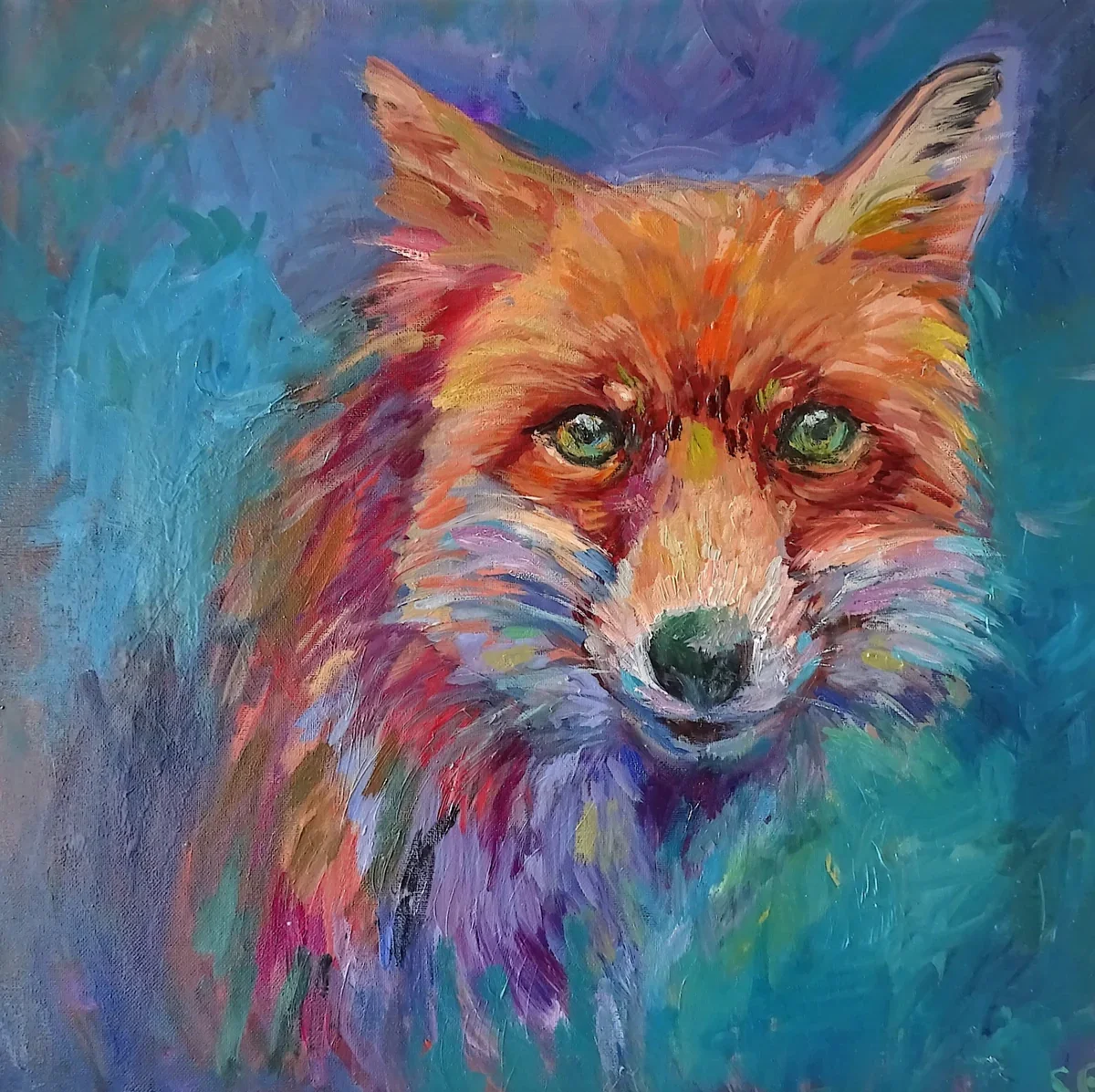
news
Painting Demonstration at The Atkins Building
I had a wonderful day at the gallery this week, painting a sheep in oils, and chatting to all of the lovely visitors. Fiona Marks was also in attendance, telling the stories behind her beautiful paintings that feature important women in history. We enjoyed it so much that we are going to do it again on the 19th Dec! See you there? See previous post for all the details.
The Historical Staunton Hall and Ferrers Centre
A Creative Environment
Working in my new studio space every day, I find myself getting curious about the history of the building and surrounding estate, and how the Ferrers Centre came into being. So I tried to see what I could find out… and there is a lot(!) of history and interesting things to find out about. Below is a brief history. Of course, now that I have begun to read about these things, I’m even more curious than I was before and will delve deeper when I get the chance. One thing is for sure, it’s a privilege to be able to work here and create art surrounded by such a wonderful estate
Staunton Harold Church
The church was built in 1653 by Robert Shirley, in defiance of Cromwell, and in support of the King. Unfortunately, Shirley died in the Tower of London under Cromwell and didn’t get to see the church finished. After the monarchy was restored, the Church was completed by Richard Shepheard in 1665. Its a very interesting little church, and they sometimes give informative tours, which Im hoping to join in one day and find out more.
The Ferrers at Staunton Harold
The link between Staunton Hall and The Ferrers Name is a man called Robert Shirley (don’t call me Shirley) who inherited the family seat in 1646. He was a well-educated 7th baronet and headed for a career in politics. The peerage Baron Chartley of Ferrers was conferred on him so that he could proceed to the Houe of Lords. So he became the first Earl Ferrers
We are now on the 14th Earl Ferrers, although Staunton Harold Hall no longer belongs to that family. In 1954 the 12th Earl Ferrers put the house and land up for auction, and the hall was destined for demolition. Thankfully the hall was rescued and turned into a Cheshire home, later becoming a Sue Ryder Hospice. In 2003, the Blunt family bought the house and began to turn it back into a family home.
The Stable Block
The late 18th-century stable block, used to house the horses of the Staunton Estate, was arranged around a central courtyard. As well as stables, there was a coach house, grain store and quarters for unmarried servants. There was also a forge, which is still in use to this day. The Blunt family acquired the stable block in 1954 when they purchased Home Farm. By this time it had fallen into disrepair. The courtyard was overgrown and the buildings were standing derelict.
It took twenty years, but eventually the old neglected stableyard was transformed!
Ferrers Centre Today
The Blunt family had a wonderful vision of rebuilding and turning the space into a centre where craftspeople could work. It took until the seventies to achieve this dream, and in 1978, the first potter moved in. The centre has grown and thrived over the years and has become a hub for artists and craftspeople to work every day, and to offer their work for sale to the public right from their workspace. In this way, the centre is unique and has over 15 artisans working onsite, a Framers, a well-known Art Gallery, Deli and Tearooms to visit.
The Ferrers Centre for Arts and Crafts. Staunton Harold Hall, Melbourne Rd, Ashby-de-la-Zouch LE65 1RU Website
Staunton Harold Hall
The Hall is a country house built around a quadrangle, set in around 2000 acres. There is a church situated on the South East side., The ornate gateway to the Northeast front of the house is late 17th century, and the hound and the stag (below) were emblems of the coat of arms of the Shirley family. The gatehouse, at the Melbourne Road, entrance to the estate, was built in the 1800s.
The original house incorporated a Jacobean property, and was built around the early 1700s The Hall as it appears today is the result of rebuilding work carried out by the fifth Earl Ferrers beginning in 1763. The stables and walled kitchen garden were also built in the late 1700s. This was also when the two large lakes or pools, Church Pool, and Fish Pool were created, in place of the old formal gardens. The walled kitchen garden of three acres is now the site of the Garden Centre.
The Earls Ferrers
Even the name ‘Ferrers’ is interesting and I’ve seen quite a few local references to it. The name itself dates back to the Norman invasion, where a Man called Henry (de Ferrers) from Ferrieres Saint- Hilaire in Normandy was considered rather helpful to William the Conqueror, so he presented him with a huge amount of land as a result and he became one of the most influential men in the country at that time. Along with many other achievements, he founded Tutbuty Priory in 1080.
His son Robert became the Earl of Derby. Six generations of the de Ferrers Family would hold this title, which was taken away in 1275 after a rebellion. When the family was restored to favour 8 years later they were granted the Manor of Chartley, accompanied by the title Baron Ferrers of Chartley. The peerage continued until falling into abeyance in 1855.
It was Earl Ferrers, In the Study
It seems like he 4th Earl of Ferrers was actually not a very nice man even before he shot his old famildy steward in 1760. He shot him in a drunken rage, and the poor man died of his injuries the following day. Read more about this astonishing tale here. The Earl was the very last Peer to be hanged for murder in this country.
References: https://www.lrgt.org/places/staunton-harold-hall/
https://www.stauntonharoldestate.co.uk/history/
https://www.visitleicester.info/see-and-do/staunton-harold-estate-and-ferrers-centre-for-arts-and-crafts-p806181
A new Kingfisher painting in acrylics!
I love Kingfishers and they are a favourite painting subject of mine. This one is big at about 30” square, and very brightly coloured with shocking pink and teal blues. Im exploring acrylic painting right now, using brushes, fingertips and paint pens to add details and textures and pushing the colour to create work with a high visual impact. Shocking pink and orange work really well against the bright teal and orange of the bird, I find these colours truly heartwarming!
Paint your own Rainbow Sheep!
On March 4th I’m holding a one-day painting workshop in which you can paint along with me, step by step and take home your own original sheep canvas at the end of the day.
The venue is the lovely Sharpe’s Pottery Museum, downstairs in the glazing room. This cosy historic building makes the perfect backdrop for a day of fun, relaxing and learning.
We will have a buffet lunch provided by the onsite caterers, and as always, plenty of coffee and tea and slices of homemade cake are provided.
Beginners and more experienced artists are very welcome, we usually have two or three participants who have never painted before, together with some who have, and are keen to do more. We have even had professional artists join in, for a relaxing day trying out a different medium. For more info and booking details click here
Hunting for trees (and deer) at Calke Abbey
Deer Spotting!
Hunting for trees (and deer) at Calke Abbey
Attempting to beat the blues I took a day off this week and we went to explore Calke Abbey, a location that I haven’t been to for ages. It was a frosty, bright sunny day and the place was like a kind of paradise in that light. We found ancient trees and young deer including two stags. It was a lovely day full of nice memories.
Yesterday was back to normal but as Mark zoomed off to a photoshoot, it was so cold that the van re-froze a mile away from home. He stopped to de-ice the windscreen again, and the central locking activated while he was outside the van with the engine running. We had to wait five hours for the RAC to come out (the engine was still running when they arrived, fortunately). So I had a shorter-than-planned stint at the studio and painted these trees. It isn’t finished but I’m quite pleased with how it’s going.
Backlit Highland Bull
Highland Bull Painting
A new Highland Bull painting, a golden sweetheart against a bright twilight sky, really enjoyed this painting from a new perspective!
A highly textured cow painting takes time to dry!
You can see how thick the paint is, on this piece. The first full layer took two weeks to properly dry, and this is another layer of bright oil paint - I like to use contrasts and hues to create the illusion of depth, and to make the entire surface of the canvas interesting to look at. This is a cow with a sweet countenance and a little attitude in her stance. Looking forward to getting her finished this week.
Set of three hare prints - now available
Three hares sitting in a wonderful magical night garden filled with sweet-smelling wildflowers. There is so much detail in these pieces, the more your eye wanders, the more you see! These elegant canvas prints can be hung singly or as a set. Buy a set of three in any size and receive a 10% discount.
A lovely day at White Dove Gallery
I was invited to spend the day at the beautiful gallery in Shenton, painting and chatting to the gallery visitors. I really enjoyed myself. I may have done more chatting than painting in the end - luckily I had brought three ‘works in progress to carry on with, so I think I got away with it! I met some really interesting people and saw some friends that I hadn’t seen since before the pandemic, so the whole day was a joy. It’s nice because the gallery supports several local artists and makers, and I had the chance to meet artists as they popped in to visit. I always love the chance to chat with fellow artists, it really lifts my spirits..
This gallery is dog friendly, so every now and again, I would hear the pitter-patter of tiny claws and I’d grab a couple of wet wipes, clean my hands and get ready to make friends! I managed to meet a Spaniel, a Jack Russel and a Labrador- I saw another spaniel from afar but didn’t get a chance to pet him. I think most of the dogs were regulars as they all seemed to know where the cafe was!
I had delivered my new owl painting at the gallery on Friday, and he sold on Saturday so I didn’t see him in situ, however, I was delighted that he had so swiftly found a beautiful new home.
I brought some sheeting to cover any surfaces that might get splattered, and we moved vulnerable art pieces out of the way too. I brought my day-to-day palette and a small selection of paint tubes. However, it turned out there was enough paint already on the palette to last the day. Wet wipes and kitchen roll for quick clean-ups, a drop of Zest-it medium, and a few brushes although I only used one. But the most important thing was the cough sweets!
Right next to my little table was the cafe entrance, so I enjoyed a coffee and then had a delicious slice of Bara Brith for lunch. They make wonderful cake-always a vegan option available and plant-based butter too.
Above: Inveraray on the wall at White Dove Gallery. The gallery is open on the first weekend of every month, 11-4 Saturday and Sunday. The cafe is open and you can sit inside or outside. The space is wonderfully cool on a hot day, as I discovered!
White Dove Gallery , the Old Village Hall, Shenton, Leics CV13 6DP
Hare paintings For Sale
This piece is 50 x 50 cm and is now sold. Please contact me if you would like to commission your own hare painting on canvas. Hares are one of my favourite animals, perfect as a painting subject with their shabby-elegant looks and beautiful faces.
I like to create atmospheric textures and this piece is a good example of this. The background is made up of four or five layers and dry brushwork in several colours to give this wild and blustery effect.
A rainbow Cow painting triptych
Today at the studio I hope to finish this colourful guy. One of the things that I do as part of my process, as well as creating the big shapes first, is that I work intuitively on the first layers. I don’t try and worry too much about the final result. This then gives me something to respond to in the following sessions. So I have added all the colours that I wanted to add and the wild and woolly hair. Today I will work back into the paintings and edit, tidying up some of the edges and leaving others, hopefully ending up with the final cow that I envision. Watch this space, I’ll post another photo of the final piece.
I enjoy painting on three panels, the finished effect is cool and contemporary and you get different looks depending on whether you leave a gap when you hang the paintings. I’m currently feeling very glad that I have rented this size of a studio, I remember during the pandemic, when I was painting at home and trying to create a big piece like this in the spare room - not easy!
The Beauty of a Cow in a Field
vibrant colours
Take a minute to get lost in this captivating painting of a cow basking in a sunny field. Painted in vibrant colours, explore nature's peace through this original artwork.
I am currently open for painting commissions and can work with you to create your own ideal Highland Cow painting with glazed colours tailor-made to your home. Lead time is approximately 4 weeks,
close-up details
Two new Kingfisher paintings which are nearly finished this week
Two new Kingfisher paintings which I am hoping to have finished by the end of the week. I love painting these super colourful, tiny birds!
New work on show at White Dove Gallery
Yesterday I visited this lovely gallery on one of their open weekends, and took my new Highland Cow painting, titled ‘Highland Colours, to join my other paintings on the gallery wall. I had time to have a good look round at all the new work that I havent seen before, by some brilliant local artists.
The gallery is well worth a visit, they display a really well curated collection of beautiful wall art, sculpture and decorative pieces. Part of the space is occupied by a very welcoming cafe, complete with large and gooey cakes (vegan and gluten free options). They open Saturday and Sunday the first weekend of every month, 11-4
White Dove Gallery is at: The Old Village Hall, Shenton Nuneaton, Warwickshire
Big dog portrait of four dogs on a large canvas
I really like the challenge of painting a big dog portrait on a large canvas, and this week I made a start of three of them.
1) A brand new commission, which is a portrait of a family of four dogs, two Cockerpoos, and two Border Terriers. This piece its just shy of a metre in length, and 60 cms high.
2) A 60 x 70cm painting of a running horse
3) A 100 x 100 canvas featuring a seated black Labrador
I find that I need to do quite careful 'mapping out' on a big canvas before I begin to paint. Because of the size, it isn't possible to take in the whole piece at once and draw it by eye.
Measuring the proportions, using the dividers
I use dividers and sharpie pens to mark out sections of a painting, check proportions and ensure that there is space for everything I want to include. I do a quick plan on Photoshop, by creating a clipboard that is the same ratio as the canvas I am about to paint. Then I arrange the subject matter within the clipboard until I am happy to save it and use it. I then use my proportional dividers to enlarge the photoshop image and transfer it onto my canvas. I don't put any detail in at this stage, just a rough map of where everything is going to go.
I measure and mark out blocks where the main big shapes are going to be, in this case the four dogs faces,
Here is a short video clip of the beginning stages of the above commission. I'm going to film the entire process for my client so that she can watch the painting process all the way through.
The first wash of paint applied very thinly for a soft finish. Further layers will tighten it up and provide the details but for now, it stays loose.

